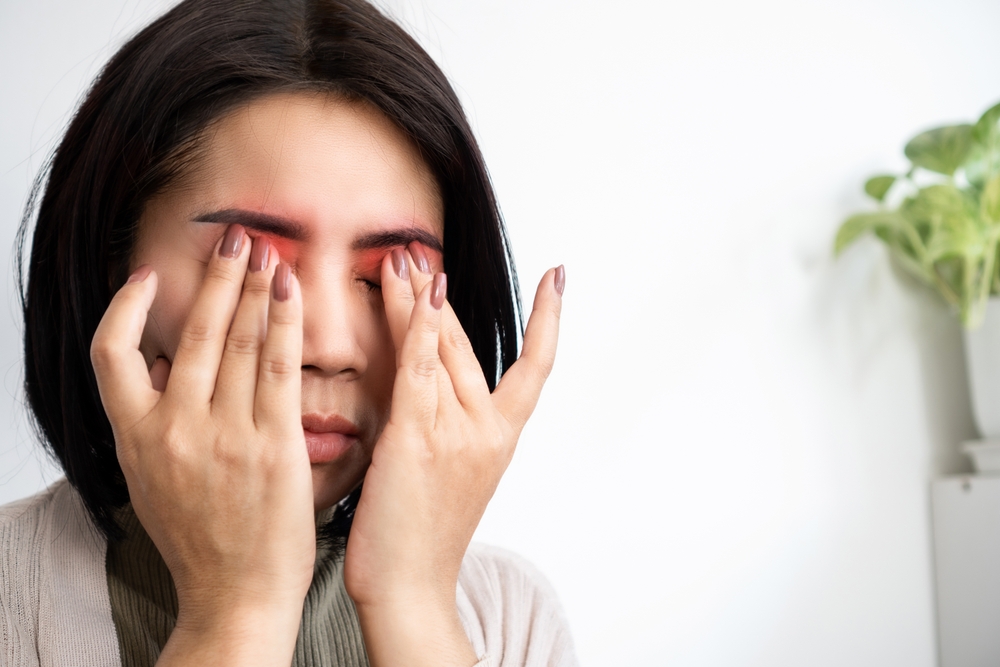
Dry eye syndrome affects millions of people worldwide, causing discomfort and impacting their quality of life. However, despite advancements in treatment options, many myths and misconceptions persist about managing this condition. At Eye Center of Brookings, we’re here to separate fact from fiction to help you make informed decisions about your eye health.
Myth 1: Dry Eye Is Just a Minor Inconvenience
While some may dismiss dry eye symptoms as a mere annoyance, untreated dry eye can lead to more severe issues, including damage to the cornea, chronic discomfort, and even vision problems. It’s important to treat dry eye as a medical condition rather than ignoring it or relying solely on over-the-counter solutions.
Myth 2: All Dry Eye Treatments Are the Same
Dry eye is a complex condition with various underlying causes, such as meibomian gland dysfunction (MGD), inflammation, or tear production issues. Treatment must be tailored to address the root cause. Options range from prescription eye drops to advanced therapies and punctal plugs. Consulting a professional is essential to finding the most effective treatment for your needs.
Myth 3: Using Artificial Tears Is Enough
While artificial tears can provide temporary relief, they often don’t address the root cause of dry eye syndrome. For persistent or severe cases, treatments targeting inflammation, gland dysfunction, or tear production are necessary for long-term relief. Relying solely on artificial tears may lead to frustration and untreated symptoms.
Myth 4: Dry Eye Only Affects Older Adults
Although dry eye is more common in older adults, it can affect people of all ages. Increased screen time, contact lens use, and environmental factors have contributed to a rise in dry eye cases among younger populations. If you’re experiencing symptoms, don’t assume you’re too young for treatment.
Myth 5: Dry Eye Can’t Be Cured, So Treatment Is Pointless
While dry eye syndrome is often a chronic condition, effective treatments can significantly reduce symptoms and improve your quality of life. Advances in therapies such as IPL, amniotic membrane applications, and prescription medications have made managing dry eye more successful than ever before.
Myth 6: Lifestyle Changes Won’t Help Dry Eye
Lifestyle adjustments can play a vital role in managing dry eye. Simple changes like taking regular breaks during screen time, increasing omega-3 intake, staying hydrated, and using a humidifier can complement medical treatments and enhance symptom relief.
Take Control of Your Eye Health
Don’t let myths hold you back from seeking relief. We specialize in diagnosing and treating dry eye syndrome with personalized care plans designed to restore comfort and protect your vision.
If you’re ready to say goodbye to dry eye discomfort, schedule a consultation with Eye Center of Brookings. Visit our office in Brookings, Oregon, or call (541) 469-6923 to book an appointment today.







